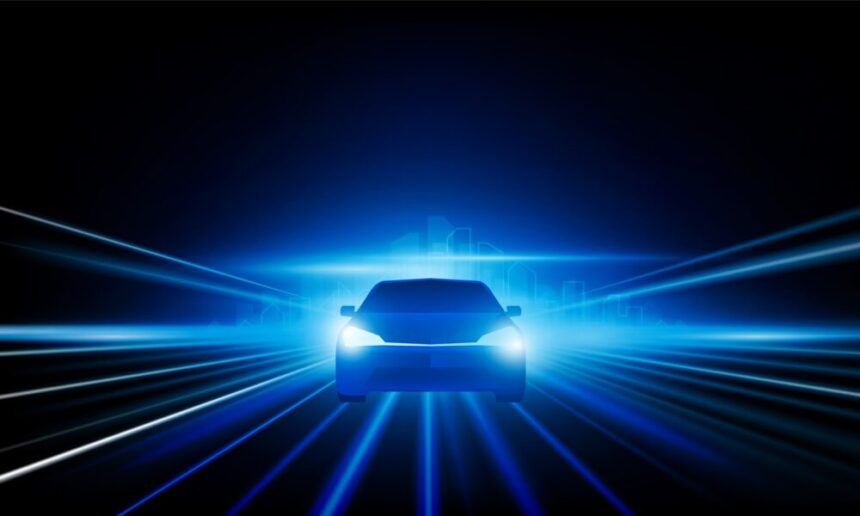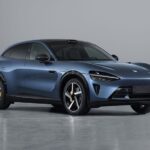The global sales of plug-in hybrids (PHEVs) continued to soar in November, led by the BYD Song. However, the question remains – were battery-electric vehicles (BEVs) able to keep up the pace? Let’s delve into the latest model trends to find out more.
In October, the global PHEV market saw a significant increase in deliveries, with a 66.8% year-on-year growth, reaching 686,048 deliveries. The Chinese market played a significant role in this surge, with 535,957 new PHEVs hitting the roads. This momentum continued throughout the year, with over five million PHEVs registered globally between January and October, representing a 53.5% growth compared to the same period in 2023.
On the other hand, the worldwide BEV market also experienced growth, albeit at a slightly slower pace. In October, BEV registrations increased by 22.8%, with over one million all-electric models delivered in the month. By the end of October, nearly 8.5 million new BEVs had been registered globally, marking a 13.2% year-on-year increase.
The BYD Song emerged as a dominant force in the PHEV market, claiming the top spot in October with 74,353 deliveries and a market share of 10.8%. The BYD Qin L and BYD Seal 06 followed closely behind, each capturing a significant portion of the market share. BYD models continued to dominate the top 10 best-selling PHEVs list, showcasing the brand’s strong presence in the market.
Looking at the global powertrain trend, the Tesla Model Y emerged as the best-selling BEV in October, with 85,494 registrations. However, the model’s growth rate was comparatively lower at 9.3% year on year. Tesla’s dominance in the BEV market may face challenges with the introduction of a smaller, more affordable version of the Model Y in the US next year.
Other notable contenders in the BEV market included the BYD Seagull, Wuling Mini, BYD Yuan Plus, and Tesla Model 3, each capturing a significant market share and showcasing the diversity of offerings in the electric vehicle segment.
In conclusion, the global automotive market is witnessing a shift towards electrification, with both PHEVs and BEVs experiencing significant growth. As competition heats up and more players enter the market, it will be interesting to see how manufacturers adapt to changing consumer preferences and technological advancements in the electric vehicle space.







